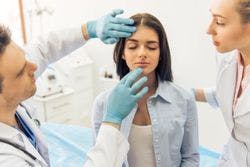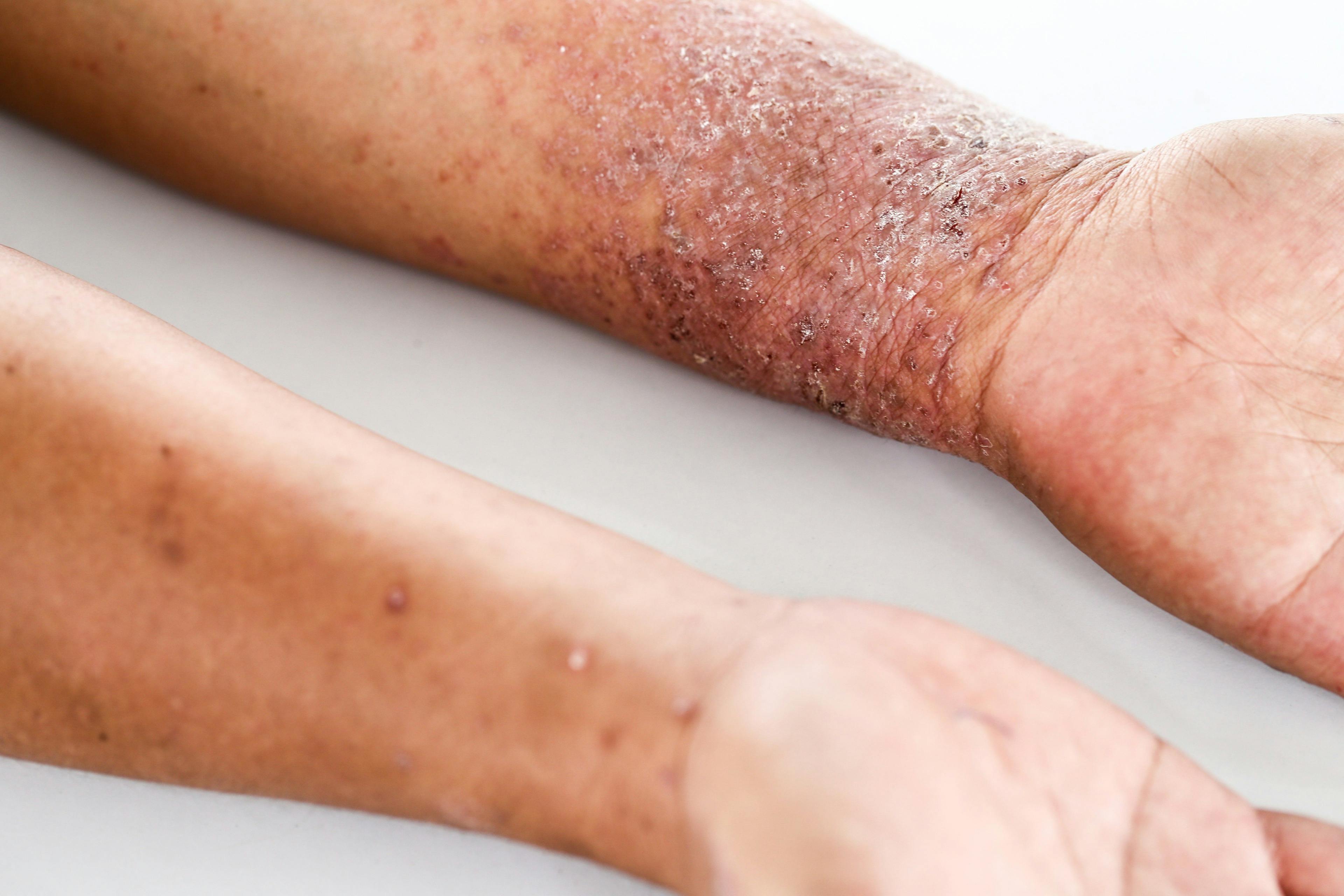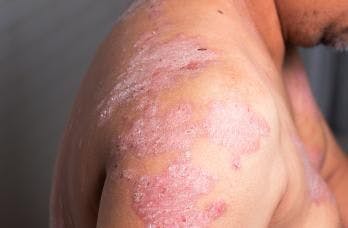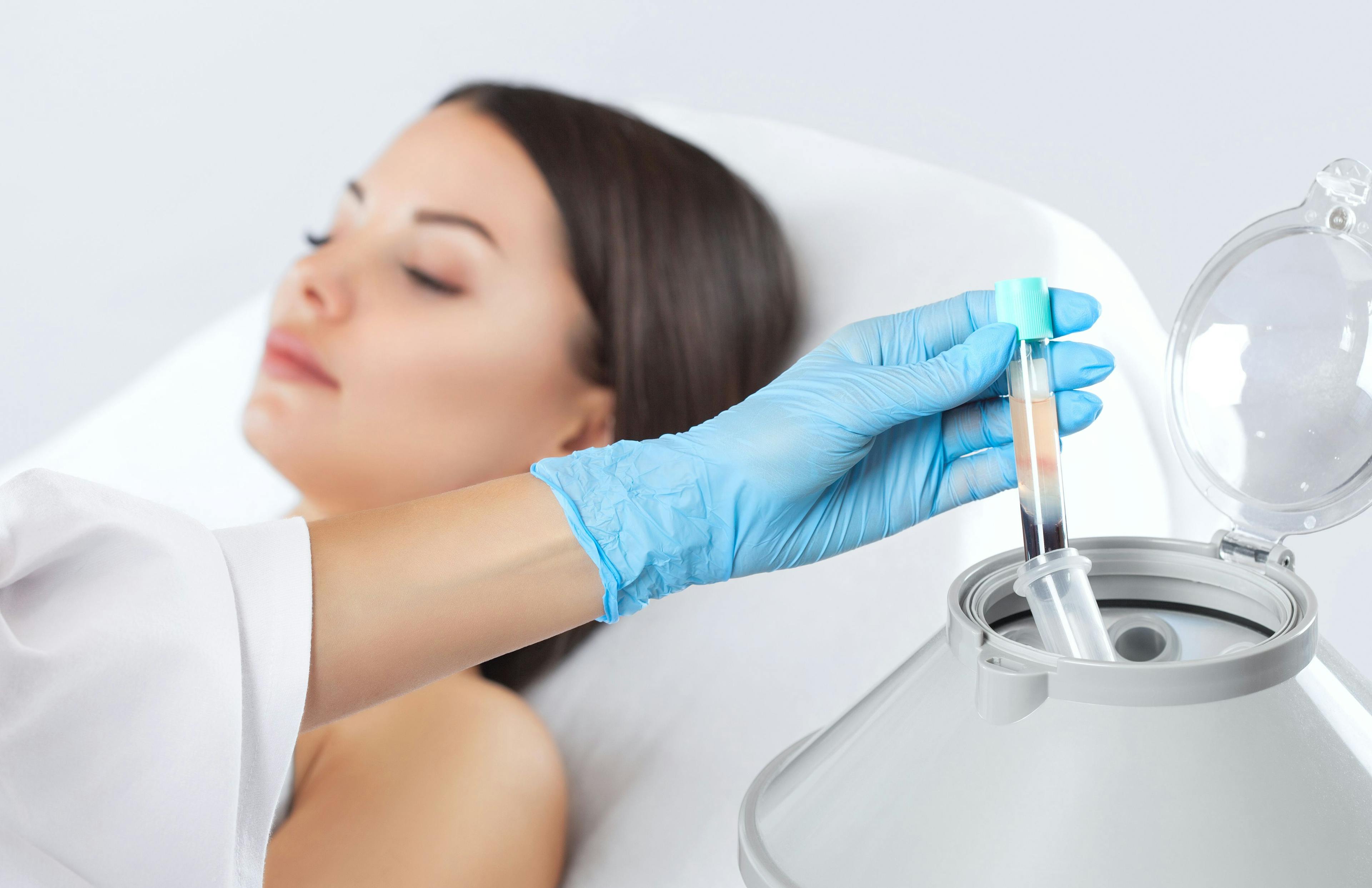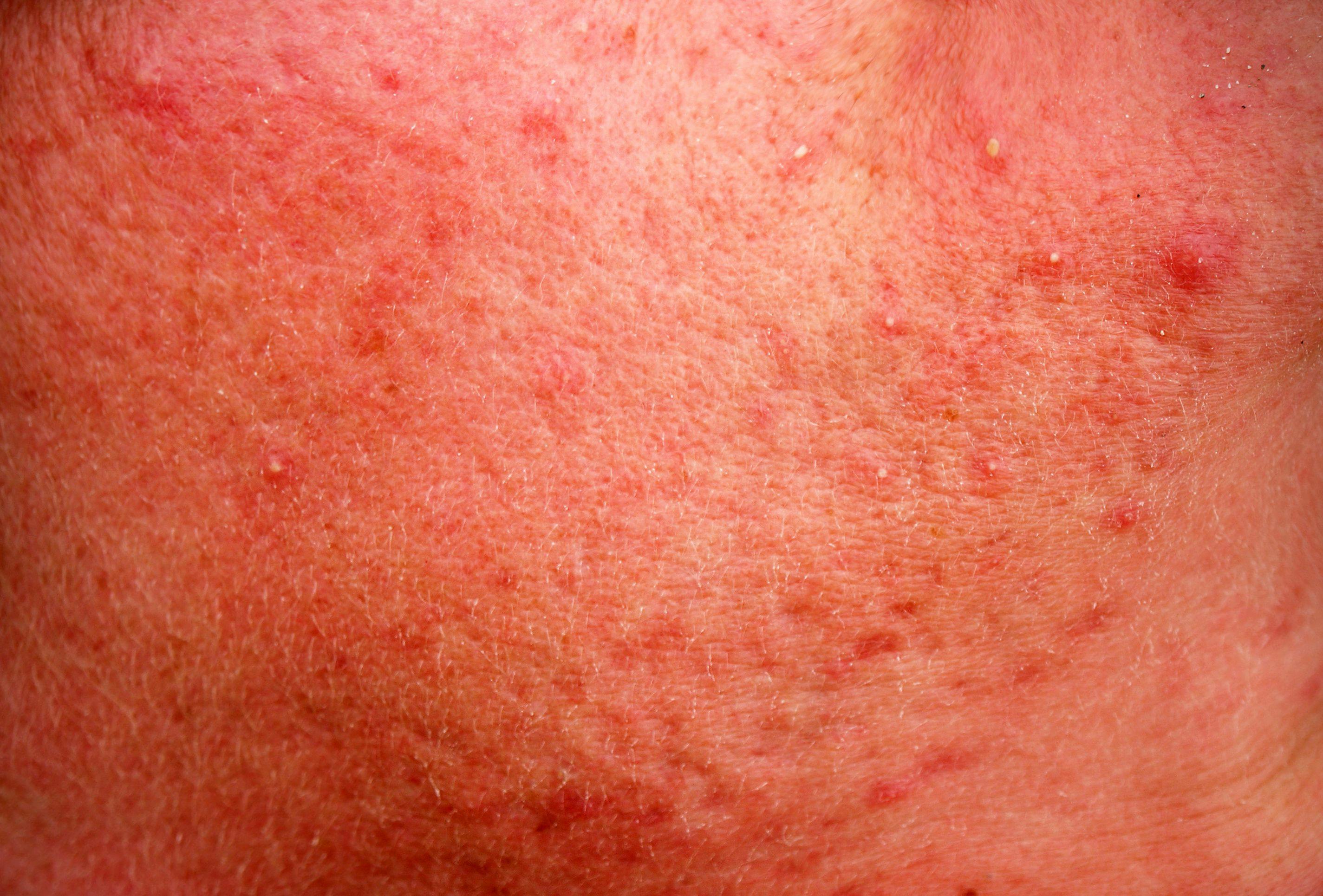- Acne
- Actinic Keratosis
- Aesthetics
- Alopecia
- Atopic Dermatitis
- Buy-and-Bill
- COVID-19
- Case-Based Roundtable
- Chronic Hand Eczema
- Chronic Spontaneous Urticaria
- Drug Watch
- Eczema
- General Dermatology
- Hidradenitis Suppurativa
- Melasma
- NP and PA
- Pediatric Dermatology
- Pigmentary Disorders
- Practice Management
- Precision Medicine and Biologics
- Prurigo Nodularis
- Psoriasis
- Psoriatic Arthritis
- Rare Disease
- Rosacea
- Skin Cancer
- Vitiligo
- Wound Care
Publication
Article
Dermatology Times
Narrow-spectrum antibiotics viable treatment option for acne
Author(s):
Perceptions of antibiotics and potential antibiotic resistance have caused some physicians to be wary of the drug class when prescribing an acne treatment regimen. However, narrow-spectrum antibiotics have shown a low propensity for development of antimicrobial resistance while also effectively treating acne.
The use of antibiotics for treatment of acne vulgaris has been around for decades. However, in recent years, the perception of antibiotics has changed due to the possibility for development of antibiotic resistance.
Christopher Bunick, M.D., Ph.D., associate professor of dermatology at Yale School of Medicine, spoke with Dermatology Times in a podcast interview about the history of antibiotic use for acne and how new treatment options are pushing the envelope to change the drug’s stigma.
The use of antibiotics as a treatment for acne can be attributed to the drug’s anti-bacterial and anti-inflammatory properties to help with skin clearance, according to Dr. Bunick. Tetracycline are the most commonly prescribed class of antibiotics, with some of the most popular oral medications including doxycycline, minocycline and newly approved sarecycline.
“Perceptions about the use of oral antibiotics in acne have changed largely due to public concerns over the development of antibiotic resistance, causing dermatologists to think more about duration of antibiotic therapy and which drug has the least propensity for developing resistance,” says Dr. Bunick.
He adds that the concern for patients developing antibiotic resistance can be contributed to a specific group of antibiotics — broad-spectrum antibiotics, defined as an antibiotic that targets a large variety of bacterial species. These types of antibiotics are concernable due to the possibility that they could harm some of the good bacterial species that make up the skin’s microbiome, says Dr. Bunick. Some of these broad-spectrum antibiotics include doxycycline, minocycline, tetracycline, azithromycin, amoxicillin, trimethoprim and sulfamethoxazole.
RELATED: Specific dietary supplements linked to acne
Dr. Bunick says when antibiotic resistance occurs, the medication could possibly no longer help treat the patient’s acne, as well as alteration of the skin microbiome (microbial dysbiosis), and increased difficulty in treating infections.
However, narrow-spectrum antibiotics target fewer bacterial species, leading to decreased chance in developing antibiotic resistance. Some narrow-spectrum antibiotics include sarecycline, fidaxomicin, vancomycin and bedaquiline, with sarecycline being the only narrow-spectrum antibiotic approved for acne.
When prescribing his acne patients antibiotics, Dr. Bunick underscores the importance of communication by explaining to patients that with any medication, there is the potential for adverse events.
“One of the most common ways dermatologists currently seek to reduce the potential for drug resistance is to use combination therapy. This could take many forms: for mild to moderate acne, it could mean a combination of topical agents (topical antibiotics combined with benzoyl peroxide and/or retinoids),” he says. “For moderate to severe inflammatory acne, and for patients with truncal acne who want faster results, oral antibiotics may be ideal first line, and can be combined with topical agents too. However, I would try to use narrow-spectrum oral antibiotics when feasible to reduce unwanted side effects.”
Recently, Dr. Bunick worked alongside Yury Polikanov, Ph.D., associate professor of biological sciences at University of Illinois at Chicago, to investigate how the C-7 moiety of narrow-spectrum antibiotic sarecycline influences its ability to bind to the 30S subunit of the 70S ribosome versus other tetracycline class antibiotics and interpret its mechanism of action.
The study’s findings were published in the Proceedings of the National Academy of Sciences, and the results show that two crystal structures of sarecycline bound to the 70S ribosome, and similar to other antibiotics, binds at the “decoding center” of the small 30S subunit.
MORE: What is ‘maskne’?
Also, the results found sarecycline’s C7 moiety leads into the messenger RNA channel, with the potential of interference with mRNA movement through the channel and disruption of codon-anticodon interactions that the ribosome needs in order to translate mRNA into protein.
“This mechanism of action of direct mRNA contact by sarecycline had not been previously observed by any tetracycline antibiotic and is directly a consequence of the chemical moiety unique to sarecycline’s C7 position,” adds Dr. Bunick.
The study’s findings demonstrate that sarecycline has a unique mechanism of action that could be attributed to its low propensity for development of antimicrobial resistance and narrow-spectrum activity.
“This work emphasizes an important point – that the various tetracycline acne medications cannot simply be lumped into one category and presumed to work the same. Our data shows that the different chemical modifications on doxycycline, minocycline and now sarecycline, make a difference in the mechanism of action,” says Dr. Bunick.
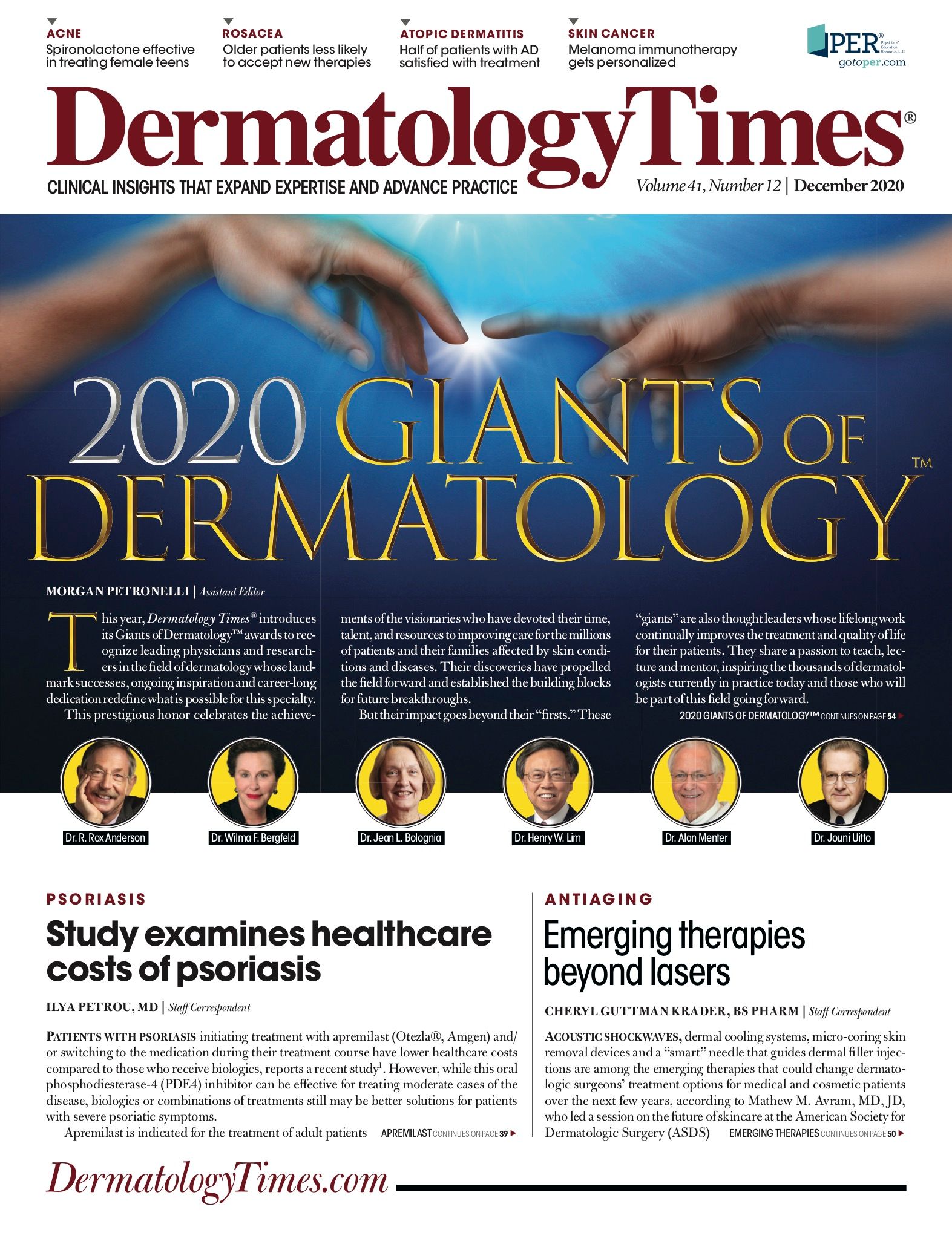
Newsletter
Like what you’re reading? Subscribe to Dermatology Times for weekly updates on therapies, innovations, and real-world practice tips.

